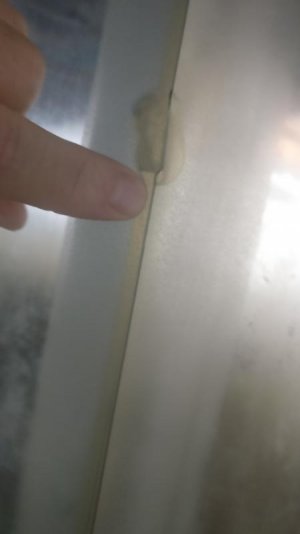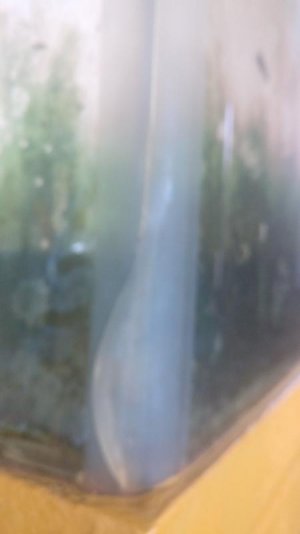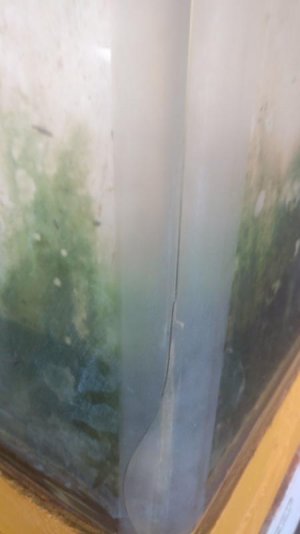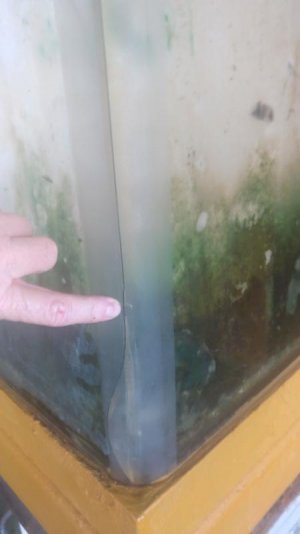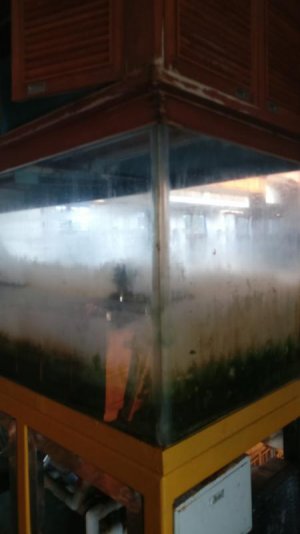I've had my 16' x 4' x 4' tank for 16 years. It was custom made with 1.5 inch acrylic sheets. Now I see in one corner of the tank, there is a vertical crack running the whole length from top to bottom aboyt a fingernail in width. The depth varies from 1/2 inch to 1/16 of an inch.
My plan was to first fill with weld-on 4, then a few days later use weld-on 40. Is this the best approach, or are there better solutions out there?
Keep in mind that I have no way to move the tank and put it on it's side after applying, and there really isn't a clamp that will be able to apply pressure to this seam that I know of.
Any advice from DIY acrylic experts would be appreciated.
My plan was to first fill with weld-on 4, then a few days later use weld-on 40. Is this the best approach, or are there better solutions out there?
Keep in mind that I have no way to move the tank and put it on it's side after applying, and there really isn't a clamp that will be able to apply pressure to this seam that I know of.
Any advice from DIY acrylic experts would be appreciated.

